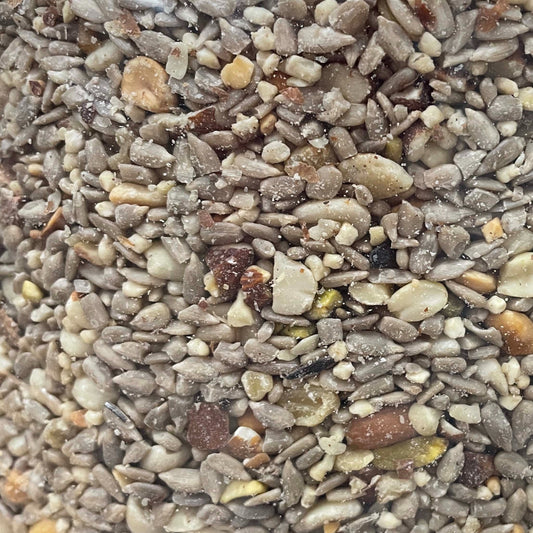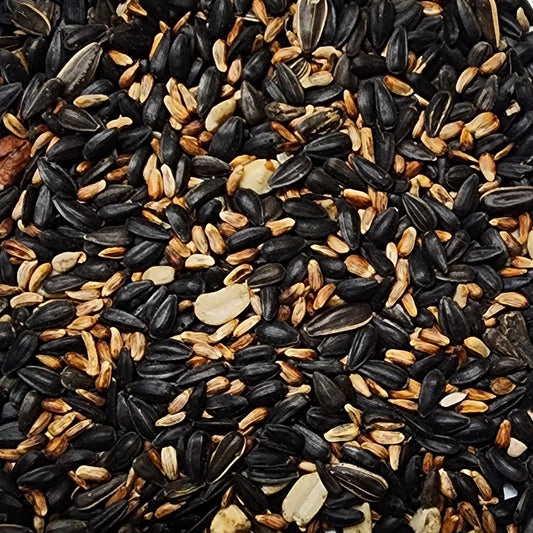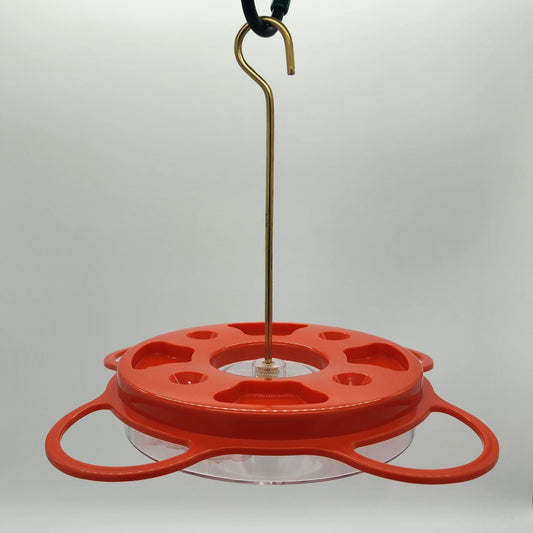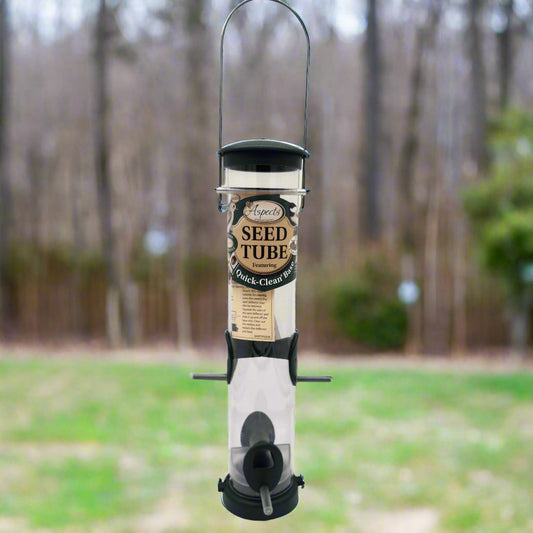Ring-billed Gull
 Did I see a sea gull just now? No, you saw a parking lot gull! There are also dumpster, landfill, prairie pot hole, lake, river, and ocean gulls. Since gulls can be found near any body of water or food source, “sea” is no longer used. It’s just “gull”.
Did I see a sea gull just now? No, you saw a parking lot gull! There are also dumpster, landfill, prairie pot hole, lake, river, and ocean gulls. Since gulls can be found near any body of water or food source, “sea” is no longer used. It’s just “gull”.
To get back to our Parking lot gull, our shopping center is frequented by the Ring-billed Gull. They are commonly seen in our area during spring and fall migration and gathered around our lakes and rivers during the winter. Ring-billed Gulls nest in colonies, around lakes in Canada and the northern United States.
Gulls can be an extremely frustrating group of birds to indentify. They vary widely in appearance from year to year and even within a year. Many gulls like the Ring-billed take 3 years to reach adult plumage. Some gulls take 2 years while others can take 4.
Ring-billed gulls are a medium sized gull; 17-18 inches long with a four foot wing span. By comparison, a Herring Gull is 25 inches long with an almost 5 foot wing span. Adult birds have a pale grey mantle (back) and wings with black spotted wing tips. Their yellow legs match their yellow beak which features their namesake black ring near the tip. Young birds vary widely with brown streaking dark legs and various bill colors.
To add to the confusion, most field guides only show gulls in nice bright adult plumage. To learn gulls, it really pays to invest in a more advanced field guide like Sibley’s or National Geographic.
While you can see Ring-billed Gulls in our parking lot during migration (typically after a good rain), your best bet is to head out to a large lake like Smithville. Learning them takes a lot of patience, practice and a scope, but it can be done!
By Ruth Simmons
Mark's Spotlight
-
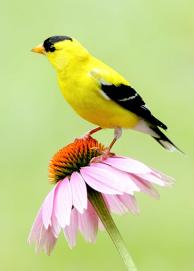
American Gold Finch
Read more about the American Goldfinch -
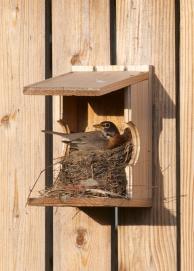
American Robin
Read more about the American Robin -
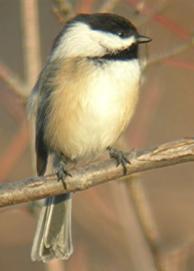
Black-Capped Chickadee
Read more about the Black-Capped Chickadee -
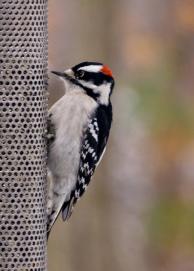
Downy Woodpecker
Read more about the Downy Woodpecker -
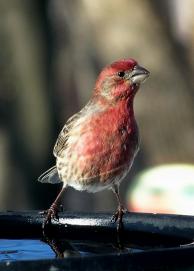
House Finch (Male)
Read more about House Finch -
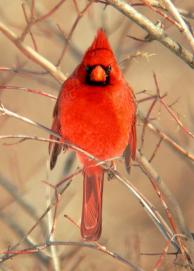
Northern Cardinal
Read More about Northern Cardinal
Shop Now!
-
Mark's No-Waste Blend™
Regular price From $15.99 USDRegular price -
Boardwalk Blend™
Regular price From $8.99 USDRegular price -
NP1009 OrioleFest
Regular price $29.99 USDRegular price -
Multi-Seed Tube Feeders w/Quick-Clean® Bases
Regular price From $59.99 USDRegular price







